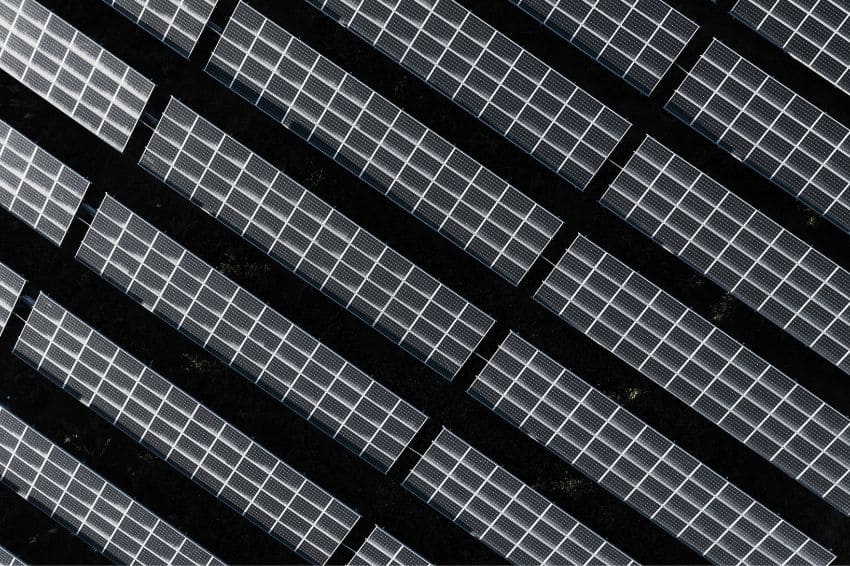The cost of photovoltaic solar energy is expected to fall by 40% by 2050, according to a survey carried out by BNEF (BloombergNEF).
According to the report, costs are 13% lower than the previous forecast for 2030 and 17% lower than the previous forecast for 30 years from now.
The reduced prices will be driven by more automatic manufacturing, less silicon and silver consumption, higher photovoltaic cell efficiency and higher yield using bifacial panels.
Read more: Expert lists sizing parameters for bifacial panels
Another data presented by BNEF concerns the values of green hydrogen, which should be more economical than natural gas by 2050 in 15 of the 28 markets studied – these countries accounted for a third of global GDP in 2019.
The costs of this sustainable technology fall (down 85%) to well below $2/kg in 2030 and well below $1/kg in 2050 in most markets.
“These low renewable hydrogen costs could completely rewrite the electricity map. They show that, in the future, at least 33% of the world economy could be powered by clean energy for not a penny more than what it pays for fossil fuels”, highlighted Martin Tengler, analyst at BloombergNEF.
However, according to him, for this to happen, continuous government support will be needed. “We are at the high end of the price curve now, and policy-based investment is needed to get to the low end.”
“By 2030, it will make little economic sense to build blue hydrogen production facilities in most countries unless space constraints are an issue for renewables,” he explained.
Read more: Battery prices should fall faster than solar photovoltaics
For Tengler, companies currently betting on producing hydrogen from fossil fuels will have a maximum of ten years before they feel the pinch. “Eventually, these assets will be harmed, like what is happening with coal in the energy sector today.”
“On the one hand, the reduction in the forecast was surprising, on the other, it was not. That's how it is with clean energy. Every year it becomes cheaper and faster than expected. The main factor is the drop in the cost of photovoltaic solar electricity”, concluded the expert.
















